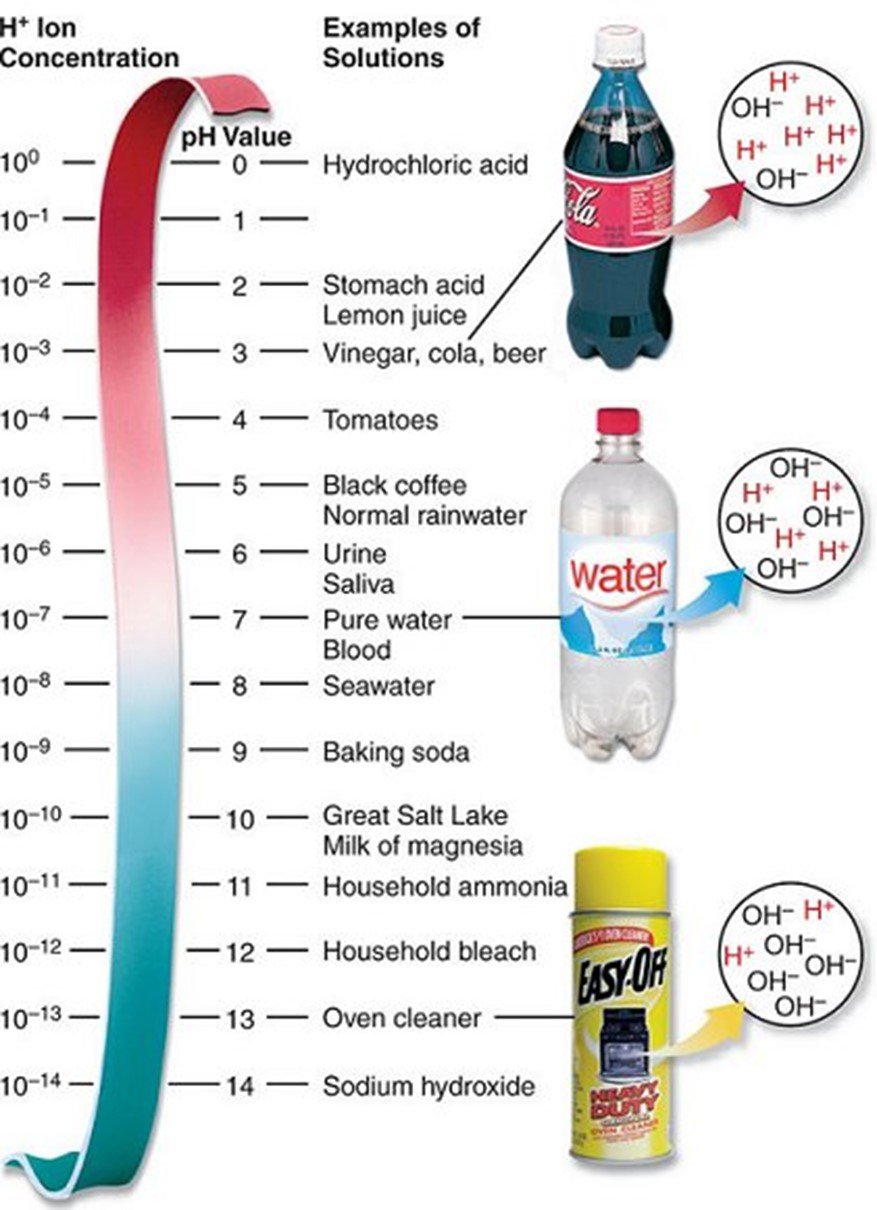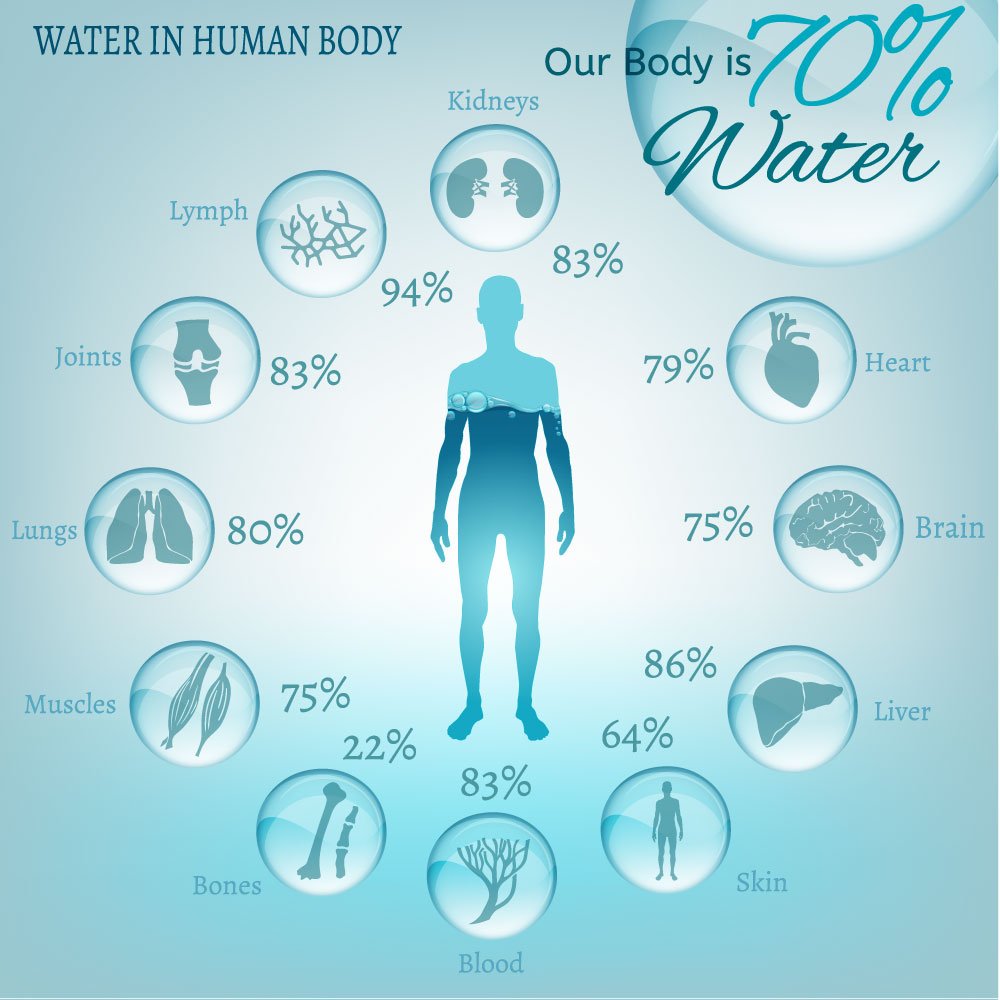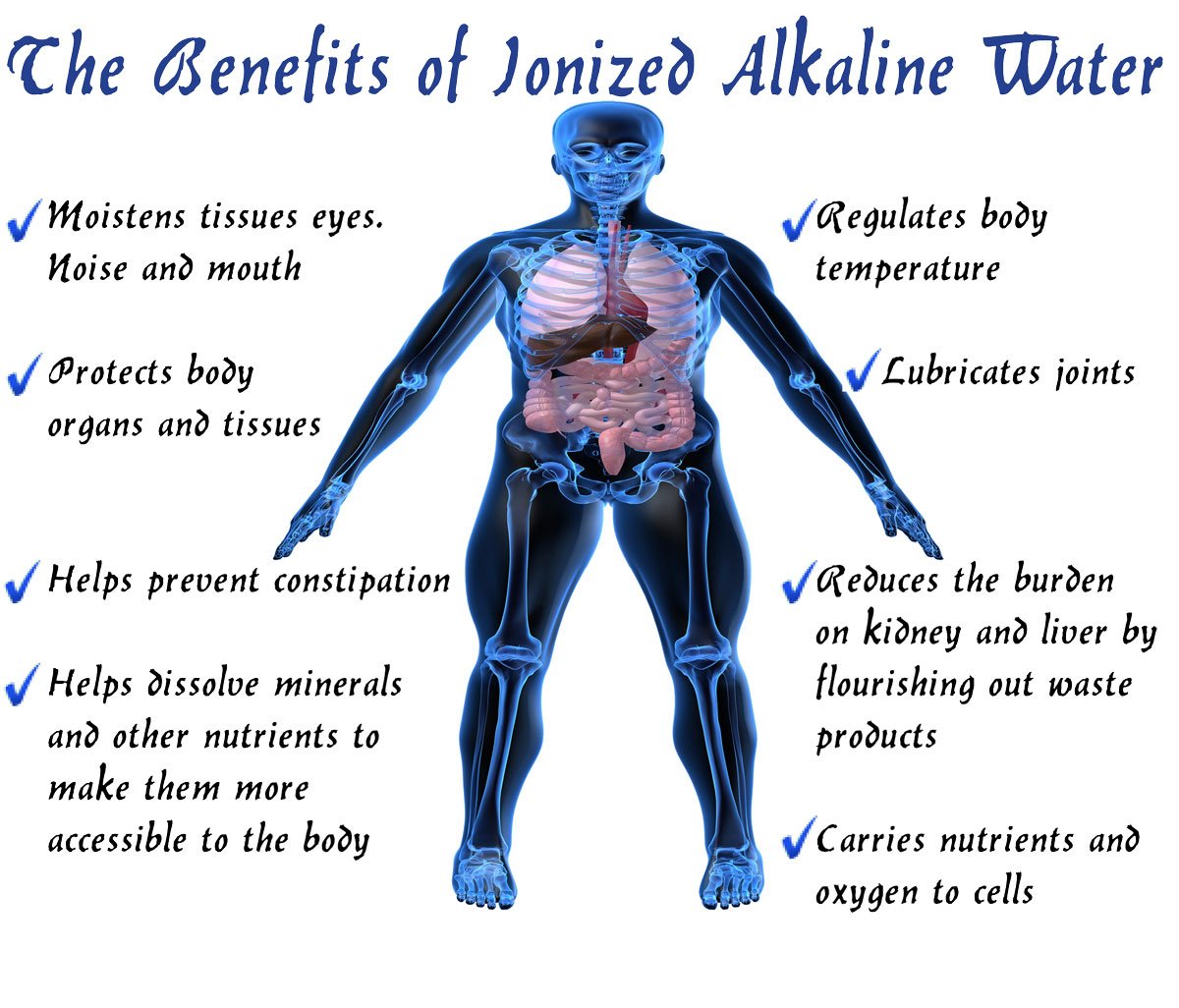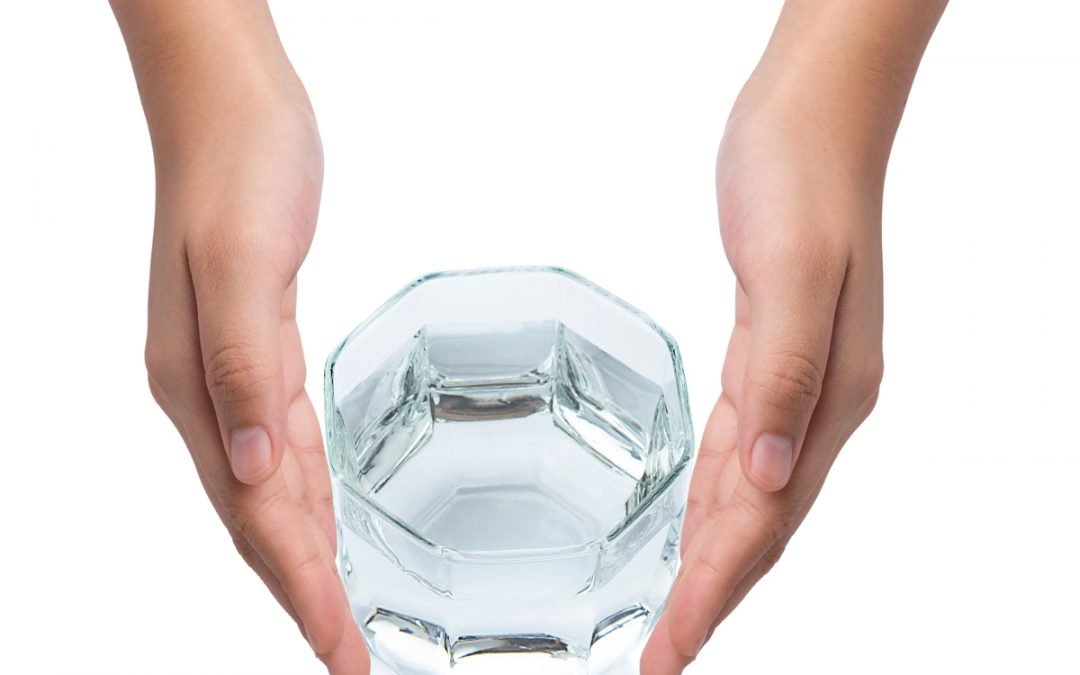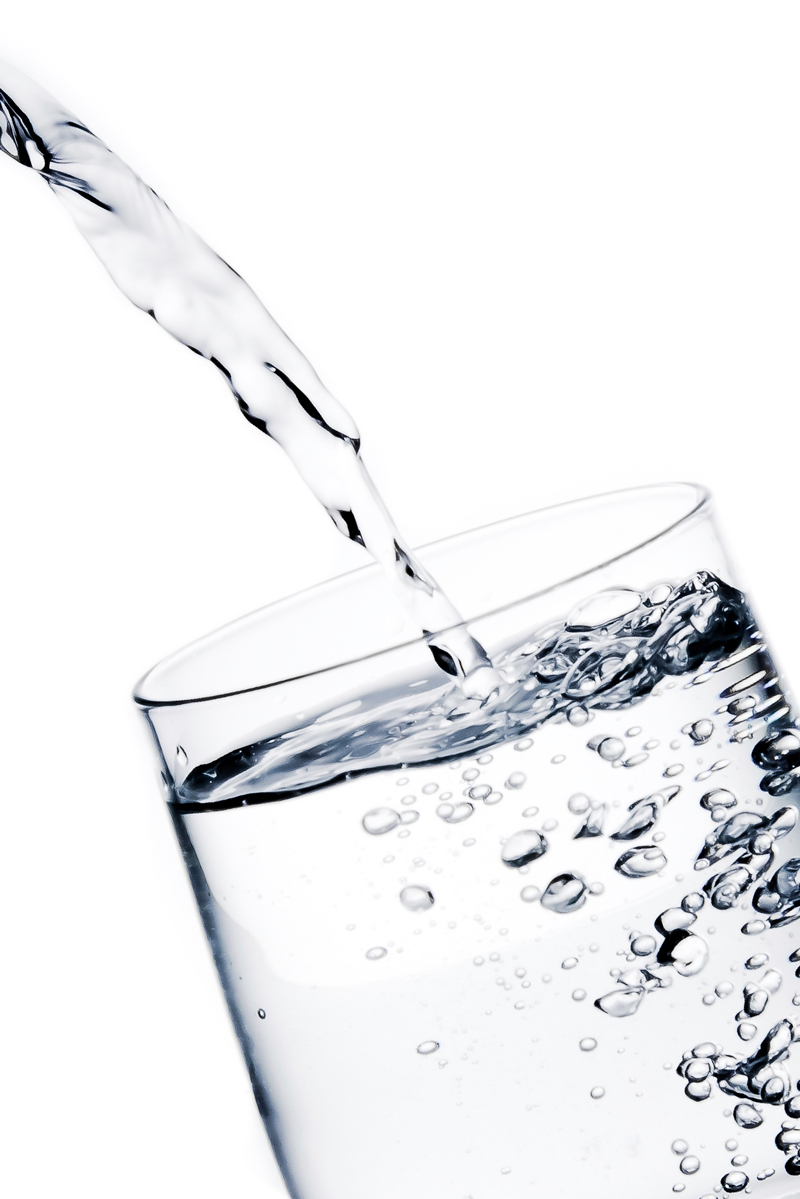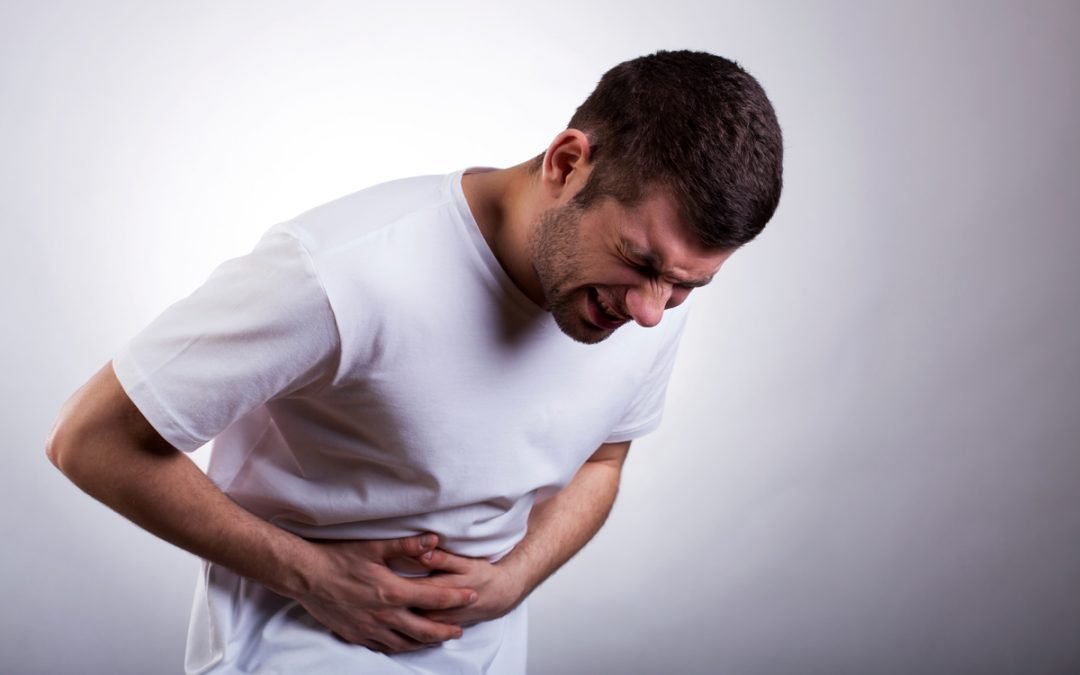
13 Ways to avoid Diarrhea & Vomiting on Vacation
What to know more about avoiding Traveler Diarrhea or Bali belly, Delhi belly and Peru poos, Montezuma’s Revenge, Rangoon runs?
Diarrhea and or vomiting are by far the most common illness on vacation. There is a 50% chance of getting some degree of diarrhea and or vomiting on vacation. Do you want to be a statistic or enjoy your vacation? It doesn’t take much. A meniscal drop is all it takes. That drop can contain a vast variety of diseases, bacteria, and viruses. The more commonly known diseases are e-coli, Escherichia coli (commonly known as E. coli), enterotoxigenic, and enteroaggregative.
From Cryptosporidium enteroinvasive to Giardia lamblia, to Vibrio parahemolyticus, to Shigella, to Salmonella, to Campylobacter jejuni, to Aeromonas hydrophila, to Entameba histolytica, to Rotavirus, to Norwalk virus, and many hundreds of others, infect our waterways around the world. Not only in 3rd world and developing countries, but it also occurs in developed countries. Studies have estimated that 1 in 2 people who travel to an overseas destination for a period longer than a week will become sick! The main reason is exposure to bacteria in water and the exotic foods they are not used to!
In many cases, locals are not affected as they have become immune to the bacteria or substance in the water.
There are NO Vaccinations against Travelers’ Diarrhea or Bali belly, Delhi belly and Peru poos, Montezuma’s Revenge, Rangoon runs.
How to get Traveler’s Diarrhea or Bali’s belly, Delhi belly and Peru poos, Montezuma’s Revenge?
Do you really want to lose weight and lose energy and feel like crap for a few weeks? If yes, there is a simple solution. Visit a high-risk bacteria country and follow the rules below. There is a 95% chance of getting it.
These include;
- Drink the local water
- Showering with your mouth open
- Eat local foods, seafood, salads & Fruits
- Eat reheat food
- Eat from mobile food carts
- Drinking localized bottled water
- Use the local community bathrooms
In all seriousness, DON’T drink tap water under any circumstances…As it can be fatal.
http://www.betterhealth.vic.gov.au/bhcv2/bhcarticles.nsf/pages/Traveller’s_diarrhea?
How do I know if you got Bali Belly, Delhi belly and Peru poos, Montezuma’s Revenge?
Within 4 hours of digesting an infectious bacteria or cysts, your body will start reacting. It will be pretty violent in nature, with severe stomach cramps, runny diarrhea, vomiting, and fever.
In most cases, it lasts for a minimum of 24-48 hours and, in most cases, if not treated quickly, will last for many more days. It is not just an inconvenient and uncomfortable event. Other side effects include dehydration, weakness, strained stomach muscles, sore anal areas from all the wiping, and lethargy. If diarrhea lasts for a couple of days, it may lead to bloody stools as well.
Remember always seek medical advise
On the worst cases and at the other end of the scale, pardon the pun. It has a significant impact on the human body’s digestive system causing internal bleeding and internal infections, causing blood and mucus to come out in your feces. If unattended, your body will become dehydrated, and the infection will spread. Unattended, severe cases of diarrhea can have extreme long term effects and, in most situations, can be fatal
It is not uncommon to hear people losing 30% of their body weight in severe cases.
Montezuma’s revenge
If you have been to Mexico, you would have definitely heard of Montezuma’s Revenge. It a
traveler’s diarrhea caused by some lethal bacteria. It is named after a ruthless Spanish conquistador, Hernán Cortés, during the Aztec period. Hernán Cortés defeated and inhumanely slaughtered Montezuma II, a ruler during the Aztec civilization. After this invasion, the Spanish would continue to enslave or obliterate the Aztec people.
Is there a difference between Traveler’s Diarrhea and Bali’s belly, Delhi Belly, Peru Poos and, Montezuma’s Revenge?
Technically, YES, though, the effects of diarrhea and vomiting are the same outcome.
Travelers’ diarrhea is caused by dietary changes when you travel. That is when you start eating non-regular exotic food types. In these cases, your stomach reacts adversely to protect itself. Typically, it comes with stomach (abdominal) cramps, pressing and violent bowel movements, and, less often, vomiting.
Whereas bacteria and parasitic infection cause Bali Belly, Delhi Belly, and Peru Poos, Montezuma’s Revenge. The main symptoms are waves of severe abdominal cramps, nausea, queasiness, vomiting, and diarrhea. Bali Belly, Delhi Belly, and Peru Poos, Monotozea Revenge would typically make you bed-bound and unable to move for any short period (or in the worst case, hospitalization) for anywhere from 4 hours to 2 weeks, and the unquestionable demand and desire to be close to a bathroom. These often take several weeks to recover fully.
Why does dysentery often be mentioned in the same breathe?
Wikipedia definition of Dysentery is inflammation of the intestine. The main symptom is severe diarrhea along with the discharge of blood. The secondary symptoms that are associated with dysentery include fever, abdominal pain, and rectal tenesmus.
The infection in the intestine is initiated either by bacteria, viruses, parasitic worms, or protozoa.
It is a type of gastroenteritis. The mechanism is an inflammatory disorder of the intestine, especially of the colon.
Bali belly, Delhi belly, Peru poos, Montezuma’s Revenge, Rangoon Runs are all names for dysentery.
“Took the SureAqua pump on a Scout Hike with 15 boys and girls. It was so good not to carry so much water. The scouts are only allowed to carry 20% of their body weight. Not much! It was great, so the kids were able to carry food and tents rather than lbs of water.”
Are there some destinations for getting Bali Belly, Delhi belly, Peru Poos, Montezuma’s Revenge, and Rangoon runs higher than others?
Absolutely! Mostly in developing and poor regions.
Regardless of the name, they are all bacteria, cysts, or viral infections. This is just the local naming.
In no particular order, the global, regional areas that are a higher risk of getting stomach infections are;
- Africa,
- South Asia
- Latin America
- Middle East
As an interesting note, the world map below shows where water quality levels globally. It is most interesting.
http://www.aafp.org/afp/2005/0601/p2095.html
Why are you taking the chance?
In the last 12 months close, there have been over 12 million medically document cases of people having some level of diarrhea or dysentery on vacation. Survey conduct by a prominent travel company showed that over 70% of people had the “trots” from a popular destination. Close 40% of people had to stay in the hotel room format least one day! And 15% of people have to spend more than two days immobilized and not venturing outside the boundaries of the hotel perimeter.
A startling statistic is that 1 in 250 people was hospitalized.
What is the worst thing from all these statistics is that with a bit of precaution, it could have been avoided!!
How could this be prevented? Find out how.
We give you 12 basics tips in significantly reducing the risk of being a statistic. More importantly, how to enjoy your well-earned vacation.
What is the difference between Diarrhea and Dysentery?
Diarrhea is a condition that includes the regular death of loose or watery feces while Dysentery is an intestinal tract inflammation, particularly in the colon, that can bring about serious diarrhea with mucus or blood in the feces.,
What is actually Bali Belly, Bali belly, Delhi belly and Peru poos, Montezuma’s Revenge
It is essential, Bali Belly is a gastric infection caused by microorganisms. These microorganisms come in the form of either:
- Bacteria –The most common form of bacteria that causes diarrhea is the Escherichia coli, or commonly called coli the principal strain of E. coli is the enterotoxigenic (ETEC). Other bacteria’s that typically cause diarrhea are the Salmonella Campylobacter jejuna and Shigella species.
- Parasites – Giardia, Endamoeba, and Cryptosporidium are complex shell parasites that cause intestinal in These infections cause diarrhea Viruses –the norovirus and rotavirus viruses are the most common cause of diarrhea, Intestinal viruses cause about a 1/3 of traveler diarrhea, Bali Belly. There are no medicines to eradicate the viruses,
- Microorganisms cause dysentery. It is believed that because of the construct of microorganisms in food overseas, some people’s gastrointestinal system has not the tolerance to adapt to the different microorganisms.
For severe bouts of diarrhea, a medical practitioner should be consulted. They would take a stool sample (otherwise known as feces or commonly known as poo) and test for different potential infectious bacteria and cysts. They would consider your medical history and health before any medication is provided to you to combat the specific bacteria or cyst. Not all medicines fight all types of bacteria.
How long will it last?
Traveler’s diarrhea, the worst part, typically lasts between 4 hours and, in extreme cases, two days before the recovery cycle beings. For all the names sakes, Bali Belly, Delhi belly, Peru poos, and Montezuma’s Revenge, the infection in your stomach lasts from anywhere from 1 day to 4 weeks depending on whether or not you take something for it.
The recovery period takes up to a few weeks because the body went through a very traumatic experience and just requires time to recover fully.
Remember, you always seek medical advice if symptoms persist. Always keep well hydrated!
Are Bali belly, Delhi belly, and Peru poos, Montezuma’s Revenge, contagious?
Yes!! It is highly contagious!!!!
Yes, you can take basic precautions to avoid it.
It usually is only passed orally through your month. It is essential to have hygiene precautions in paramount.
http://www.aafp.org/afp/2005/0601/p2095.html
Why can’t I get a vaccination to prevent these nasties from infecting my body?
There is no single vaccination to stop Travelers’ diarrhea or Montezuma’s Revenge.
Currently, some travel physicians are prescribing oral cholera vaccination to combat the symptoms, but there are no vaccinations.
Some informal studies have shown that diarrhea is reduced by almost 50% if you tale oral cholera. This is due that the medication combats the most common cause of diarrhea, the bacteria E. coli. Do not take this medication without seeing your medical practitioner.
Am I more susceptible to getting Travelers more than someone else?
Unfortunately, the answer is yes
Young and older people are more susceptible the people from the mid-teens to mid-fifties. Also, those who frail and have a low autoimmune system are susceptible, especially if you take regular medications. People in high-risk areas include people with diabetes, have gastric ulcers, bowel diseases, and the fitter and healthier you are. The less probability you are to be impacted by exotic foods, bacteria, cysts, or viruses.
Can I get Traveller’s Diarrhea more than once on vacation?
YES!!!!
Diarrhea is caused by specific infectious bacteria or cysts. There are literally thousands of different infectious bacteria and cysts. Each one of them can cause you illness
Commonly known remedies
Before reading this section, you should always consult a doctor or medical practitioner to ensure you are taking the right stuff for yourself.
One important Myth that needs to be dispelled.
Bugs cannot be rinsed or flushed out by bowel movement during diarrhea or vomiting. They somehow remain, causing severe illness. It is tough to remove from your intestines. They are in your intestinal systems for a number of days, if not weeks.
Traveler’s Diarrhea
The two common remedies for treating traveler’s diarrhea, remembering it is caused by eating exotic foods that you are not used to, Imodium and Kaomagma. Always remember to drink plenty of fluid. After a few hours to when you have diarrhea, you tend to dehydrate very quickly. These remedies stop diarrhea though some say it doesn’t get rid of the nasty bugs.
Imodium is a cheap remedy and freely available at pharmacies and chemists. Make sure you follow the packaging instructions.
Dysentery, Bacterial, Cysts, and Viral stomach Infections
It is always best to see a doctor. In many cases, they may give you an antiemetic injection. Various medications will stop vomiting and diarrhea. As well as killing the cysts and bacteria, it wound to kill the viral infection though it will stop the symptoms. The two common injections include Maxolon or Stemetil
Some schools of thought are to get the “bugs” out as fast as you can. They say flush it out!!
Some groups suggest using Pepto-Bismol. This changes the acidity in your stomach. It stops the bacteria or cysts from multiplying, enabling them to be flushed out more quickly. Another drug could be Loperamide. https://en.wikipedia.org/wiki/Loperamide It is recommended by the World Health Organisation’s List of Essential Medicines
http://www.who.int/medicines/publications/essentialmedicines/en/
The use of coloxyl, nulax, etc. could be used in some days after the event to help remove the remaining bugs out of the system
Avoidance Medications and Remedies to avoid or reduce the likelihood of dysentery
There is a range of avoidance remedies that people believe stop or significantly reduces the risk of dysentery. The most popular treatments include:
• Acidophilus tablets.
• Cipro or Ciproxin is an anti biotic.
• Norritt, little black activated charcoal tablets
• Entrostop charcoal tablets
Immediate Remedy Action
On the first symptoms of diarrhea and vomiting occurring, stop drinking and eating for at least 2-4 hours. It is fine to moisten your lips. The reason for this suggestion is to give your stomach a chance to recover. It needs a little rest.
After a few hours, small sips of water every 10 minutes or so. After 4-5 hours, start drinking larger volumes of water. It will flush out any of the nasty bugs. It’s a good idea to drink some electrolytes drinks. These come in satchels and readily available from chemists, pharmacies, and food markets. Don’t drink anything acidic, as this may spark it off again.
“I am a believer in everything I drink or eat be homemade, but I did not know I could filter my own water. Now I know, it’s not too late.”
As a fitness instructor, I am obsessed with clean food and water. Thus, when I read about the SureAqua bottle online, I ordered mine immediately.
“Took the SureAqua pump on a Scout Hike with 15 boys and girls. It was so good not to carry so much water. The scouts are only allowed to carry 20% of their body weight. Not much! It was great, so the kids were able to carry food and tents rather than lbs of water.”
“Never again will I leave my portable water filter behind after I spent a straight 5 hours in a toilet in India.”
Post Recovery Actions
Whenever you get a bout of diarrhea or vomiting, you should do a number of recommended things and not do. As always, if it persists, see a physician, doctor, or medical practitioner
| Don’t | Do |
|
fried foods stop smoking Don’t eat anything acidic, like oranges. |
Drink heap of fluid to get rehydrated Keep well rested Eat bland and very basic food plain natural yogurt, Isotonic sports drinks such as Gatorade, pocari, sweat, etc., peeled apples, bananas, plain rice porridge, oats and semolina custard, clear soups, herbal teas, acidophilus/ biphodophilis supplements |
Some interesting facts around water quality
Would you ever drink water from a tap again or purchased bottled water again if you knew:
- Over 45% of “bottled water” is straight from the tap. And this is legal in the U.S. and is approved by the US FDA across the globe; current estimates that about 46% of water catchments area contain unacceptable levels of Giardia and Cryptosporidium
- On average, there is has been X number of Giardia, Cryptosporidium, and Gastroenteritis outbreaks in developed countries and a daily occurrence in non-developed countries.
- Of the 176 million people who travel overseas, close to 50% will get a form of waterborne illness, and 5% will be bedridden for at least one day.
- Most consumer-based water filter systems let unacceptable levels of Giardia and Cryptosporidium through to their device. The ideal filter should remove anything larger than 0.2 microns as the smallest Giardia and Cryptosporidium cysts are around 0.4 microns,
- Many of the cysts that make you ill from water are not killed by basic water chemical purifiers.
- With the change in a changing environment, there are virtually no “freshwater” streams or rivers in any remote regions that are safe to drink. Primarily due to animal feces contamination. Most wildlife now has various strands of Giardia or Cryptosporidium.
- Bacteria can and does exist in commonly available brands of bottled water sold
Waterborne bacteria cysts are complicated to detect in water. It usually takes several days to cultivation to identify if there are types of bacteria and or cysts.
How to avoid diarrhea on vacation
Being aware, making some minor adjustments, and being prepared, you can significantly reduce your chance of getting Travelers’ diarrhea, Montezuma’s revenge, Bali belly, and the Rangoon run.
Here are 12 tips that will make a difference.
1. Don’t drink any form of tap water
Almost 50%, across the board of people who travel internationally, will get ill from waterborne bacteria or cysts if you don’t take any precautions. The incident is higher in significantly higher in developing countries and much lower in developed countries. Just read add a reference.
Locals are generally not affected by the local water as they have become accustomed to the types of bacteria in water. As a tourist, you are not accustomed, and hence the body reacts adversely.
Just consider this. In 2011, U.S. water reservoirs were tested. It was found that over 46% of water reservoirs exceeded the safe water levels for Giardia, Cryptosporidium, as specified by the U.S. Environmental Protection Authority. Below are some statistics for other countries.
| France | 37% |
| Nigeria | 67% |
| South Africa | 58% |
| Asia | |
| India | |
| Greece | |
For developed countries, they have good infrastructure to filter and purify the water. Whereas in developing countries, where infrastructure is not as robust and up-to-date, it would be questionable about its effectiveness.
This can be substantiated by the number of outbreaks of Giardia and Cryptosporidium in developing and 3rd world countries.
Just remember, the size of the bacteria can be as small as 0.8 micron
If in doubt, always follow these tips when traveling;
- Always drink from reputable filtered water.
- Drink carbonated bottled water.
- If purifying your water, boil water for a minimum of five minutes
Never have ices in your drinks
2. Is all bottled water safe to drink?
Don’t be fooled into thinking bottled water is safe to drink. Why do you think it is so cheap in some places!! Even expensive water may not be safe. Just think of the concept of spring water. Is it straight from the ground unprocessed?
This goes for other types of water, suggesting it comes from mountains, glaciers, rainforests, and the list goes on. Just remember, not only is our water catchment polluted, but it is also our groundwater and all the other environments. Much of our wildlife has some form of bacteria they pass.
Bottled water does not equal safe drinking water. It just means you paid for water
There are little or no regulations in many countries about what should or should not be included in bottled water. Did you know in the U.S., it is legal, as defined by the U.S.’s FDA, to just fill plastic bottles straight from the tap and resell it without any water cleaning?
In poorer countries, they just refill the water bottle with contaminated water then reseal the bottle. In western society, this can be seen as unscrupulous. In third-world countries, it is seen as survival.
Bacteria and cysts can be dormant and un-infectious in water under certain conditions but be activated or triggered by temperature changes. The case for bottled water is often stored in warehouses for months without any temperature control. Storing of water in a fluctuating temperate environment has been known to activate Giardia, Cryptosporidium, and other bacteria out of their dormant state. At high temperatures above 35 deg celsius, bacteria; and cyst growth may start and exponentially grow in numbers making it a catalyst for infectious water.
Unless it is a reputable brand of water and you are buying from a reputable sales outlet, be extremely careful and don’t take the risk?
The final tip about bottled water, don’t buy bottled drinks that are kept cool in ice/water slurry in cold chests. Purchase only from refrigerated cabinets.
3 Moderate you diet
When traveling, especially overseas, you need to avoid the temptation to overdose on exotic foods that you are not used to. Your body WILL react!
Remember only small portions, volumes, and frequency of the exotic foods in the first part of your stay. Just take it gradually until your body has adapted to it. This will vary from person to person by will take several weeks as a minimum.
Always remember, never drink tap water
4 While on vacation, only eat peeled fruit
All commercially available fruit, maybe except for “organic” fruit, have pesticides and insecticides sprayed on them to protect them from being ruined. In most cases, fruits are washed by water before being supplied and purchased by the consumers.
The water used to clean the fruit usually is just tap water. If the water has any traces of water of bacteria or cysts, it will be transferred onto the fruit. Even if the water has evaporated, the bacteria and cysts will live on the surface of the fruit.
So while on vacation, only eat peeled fruits.
5 Don’t eat raw salads or undercooked food.
The second most common way to contract diarrhea is through contaminated food. There are a range of risky food groups and situations that you should be aware of; include
- Uncooked side salads. The salads usually are just washed under tap water. Be aware even if they wash their salads in bottled water (Should you have severe cravings for salads, purchase your own vegetables, then you are in control of cleaning them correctly)
- Don’t eat raw vegetables
- Only eat fruits that you can peel, such as bananas and oranges.
- Make sure meats(any kind and particular chicken) are well cooked
- Do not eat raw seafood in any developing nations. Be careful with cooked shellfish or fish. Often restaurants reheat food. This, if not the most high risk of digesting life-threatening bacteria, is the second. Always make sure you see them cooking the seafood and not reheating it!
- Only drink and eat pasteurized dairy
- Don’t eat from dodgy street food vendors. Avoid the temptation
- Only eat freshly cooked food. NEVER eat reheated food
- Don’t eat food buffets.
- Avoid cold salsas and sauces.
Be cautious about where you eat. It is better to eat from a higher grade popular eating place where it is full of people rather than only having virtually no one in the restaurant.
6 Have good hygiene
A great way to preventing diarrhea is to have good hygiene practices, more so when away from home. There is a higher risk of becoming ill away from home because individuals’ immune levels are less tolerant to different type’s bacteria, viruses, and cysts.
How often do you hear of whole traveling groups becoming ill all at once? This is because it is so quickly spread. It is typical that over 40-60% of people in a tour group contracting the disease when traveling. This is due for to people be in close proximity of each other, spreading it through the particles they are exhaling and other people inhaling it in.
Some tips for good hygiene while traveling include:
- Don’t place your hands in your mouth or on your lips without cleaning your hands
- Clean your hands often and use alcohol wipes
- Don’t place anything in your mouth
- If people are sick around you, use a face mask.
- Thoroughly wash your hands and wrist with warm water and soap. In particular, before preparing or eating a meals
- If you shave, use safe, clean filtered water to clean the razor blade. ( You may get a rash)
- When drinking from a glass, make sure the glass is dry before placing liquid into the glass
- Only eat from highly reputable, high-quality restaurants or eatery establishments
- Thoroughly wash your hands, especially after going to the bathroom. Grab some toilet paper or hand paper towels to use to turn off the tap and open any door handles when leaving the bathroom. From a study, almost 40% of people do not wash their hands after going to the toilet.
- Don’t use plastic straw as they may not be recycled.
7 Avoid using hotel tap water to clean teeth
Having commercial-grade water cleaning (filtering and purifying) systems in an establishment is an expensive exercise to install and just as costly to maintain. Without maintenance, the water purifying and filtering systems quickly degrades.
In many countries, hotels attempt to keep the cost down by not maintaining equipment. Water filtering and purifying systems require regular and thorough servicing. It is very common for people staying in even 5-star hotels to contract a waterborne disease from the hotel tap water. Hotels in developing and 3rd world countries try to keep costs down by reducing or avoiding regular maintenance and the cost of monitoring of hotels’ water systems for bacteria growth. Even when they maintain the units, quite often, it is superficial and ineffective.
8 Keep your mouth shut the shower
This is probably stating the obvious. Keep your mount shut, and don’t lick your lips when in a shower. This sounds easier than you think since it a natural reaction for all of us. Try it at home.
Tip: Get a laminated sign and place it in the shower when you get into your accommodation. It’s a great reminder
The risk of getting in a shower is significantly less as the hot water typically making hard for the bacteria and cysts to survive.
Just remember, it only takes one drop. Be cautious all the time.
9 Be careful at swimming pools
A significant source of bacteria and cyst growth is in poorly kept swimming pools. Swimming pools are costly to maintain. Bacteria and cysts cannot be seen in the water by the human eyes. The water can look clean and safe to swim in but may, in fact, infest by deadly and contagious bugs.
As humans are the carrier of infectious bacteria and cysts, if they are in the infectious stages, they can be easily be transferred into the pool,
A pool is properly maintained and not excessively used, the chemical in the pool will kill off the bacteria, making it relatively safe to use.
Should hotels and resorts do not use the recommended dosages and level of chemical cleaning, it significantly increases the risk of transference between people in the pool.
Just be aware of the look of the pool and how crowded. If it is overcrowded, avoid going in for a swim.
10 Do not rely on iodine or chlorine tablets to effectively remove bacteria from your water.
One of the most common methods to purifier water on the move is to use an iodine or chlorine tablet. This has been one of the major products used in the last 50-70 years. It is pretty effective, as it has proven over and over again.
BUT,
- The chlorine and Iodine tablets are known to be effective against hard shelly cysts!
- Iodine tablets have been banned in Europe.
- Chemical has adverse and detrimental for people with the thyroid conditions
The chemical concentration levels used in portable situations are generally of low dosage. At these levels, they are ineffective against Cryptosporidium and Giardia cysts.
Even when using chemical tables, do the chemicals get to every drop on the side of the drinking vessel?
Even the U.S. Military has written about the adverse recommendation
11 Avoid drinking locally made soft drinks or local beer and where there are known water problems.
I am sure it is to your surprise processed drinks like beer, and soft drinks can contain bacteria and cysts. You may ask how? Those industries are not necessarily geared to filter and purifier water used in making soft drinks, alcoholic drinks, or beer. In addition, with the added sugars and yeast added, this helps provides a catalyst for bacteria and cysts. As well as taking into account that bacteria and hard shell cysts are able to survive in ice and warm hot water. Bacteria and cysts in water can survive in living in ice (up to -40⁰ C) and water temperatures to 60⁰ degrees Celsius
This occurs more prominently in developing countries where there are fewer regulations and standards and water quality.
A few tips when drinking alcohol in foreign countries is to be careful and only;
- Drink only imported bottles of beer
- Drink spirits without ice
- Don’t buy bottled drinks that are floating in ice water. (the ice water may have infested bacteria and cysts)
12 Should I Carry your Toilet Paper?
When traveling, always carry, I mean, always having to take your toilet paper. There is a significantly higher probability of there being no toilet paper in public bathrooms or toilets.
Using public bathrooms or even in some restaurants, whether in a 3rd world, developing, or developed country, it is more than likely the bathrooms are not very comfortable, clean, and hygienic and likely in not have toilet paper.
In poorer nations, people sell toilet paper as you enter the public toilet. The probability of finding a clean, hygienic bathroom goes down exponentially with the level of wealth of the Nation.
Remember to bring your toilet paper.
13 Traveling with Children –Protecting them against Dysentery
Young children are more susceptible to getting any one of the bacterial or cyst infections. Children tend to place things in their mouths a lot more than older people. It’s just they are more inquisitive. They can’t help themselves!
Here are a couple more tips in managing children while on vacation;
- Avoid children crawling around the floor
- Wash their hands more important
- Have alcoholic wipes to clean their toys
- Use filtered water to make up their formula’s
- Boil their drinking vessels for least 5 minutes
18 In Conclusion
Thee is a fair bit of information provided in this article.
Feel free to send comments to Info@SureAqua.com
As a summary, remember a 50% chance of getting dysentery or Traveller diarrhea if you don’t take any precautions. Obviously not! Just remember to do a few simple things and avoid doing others, and you should be fine.
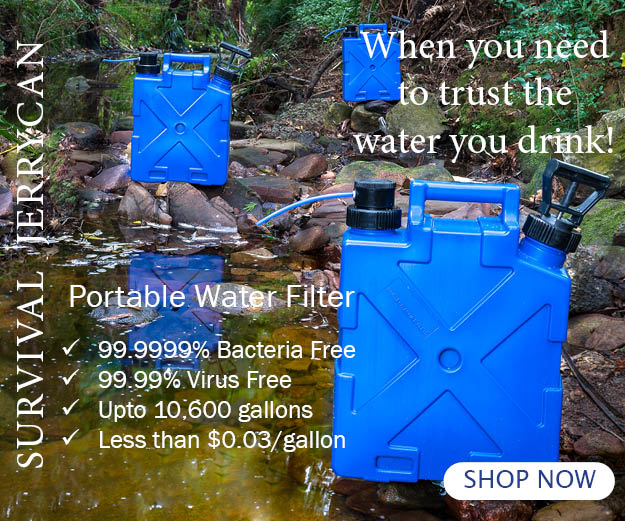
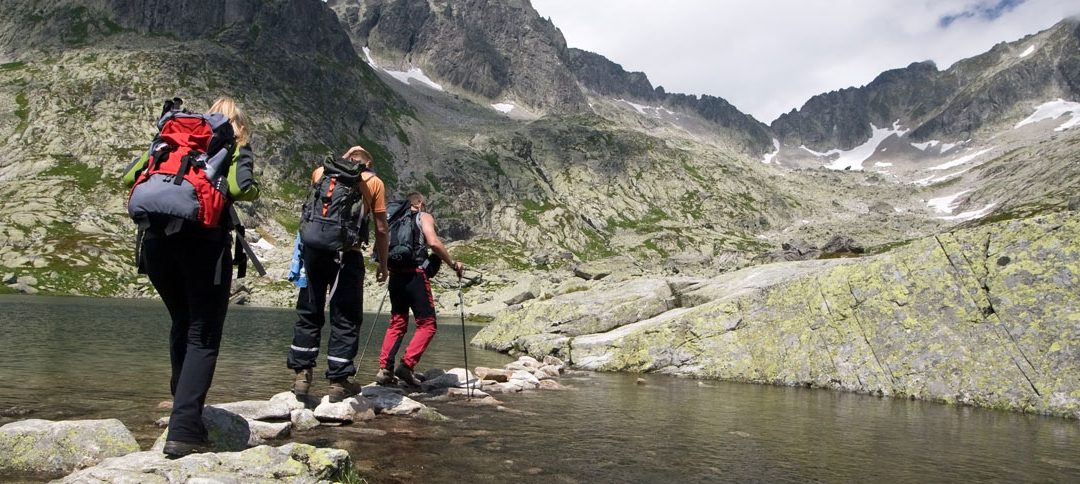
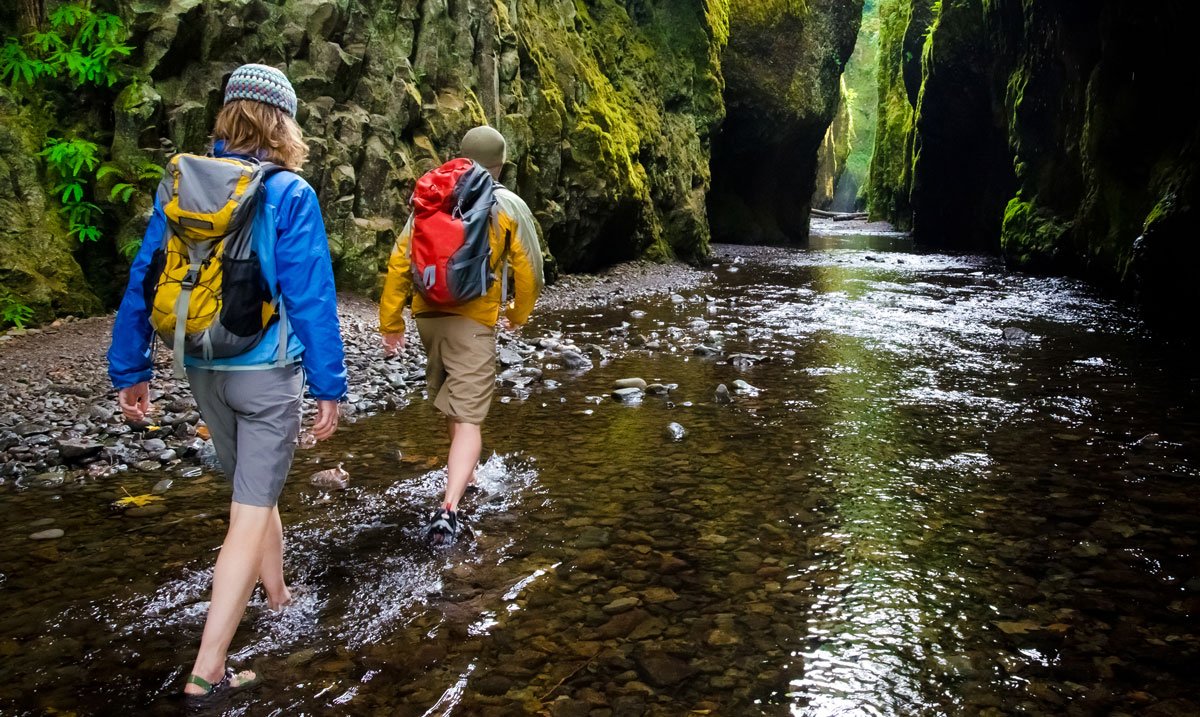



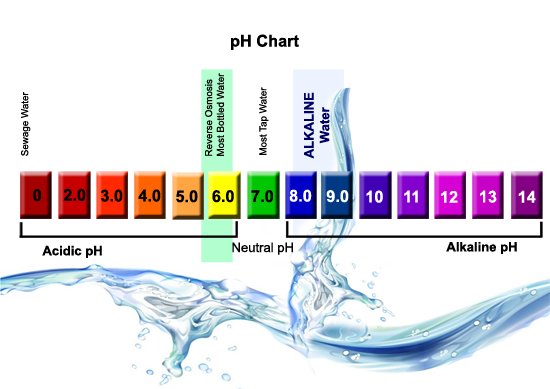
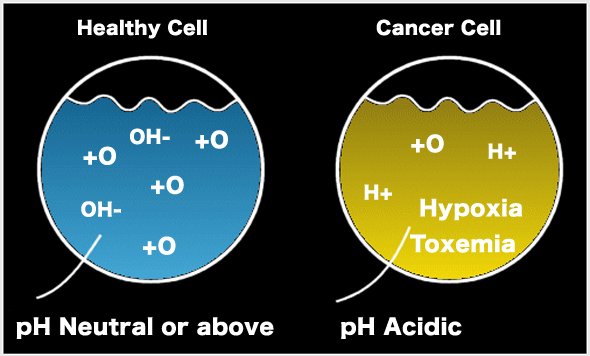
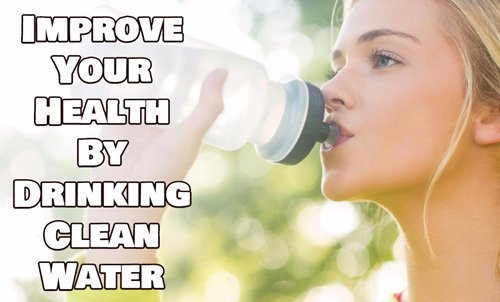

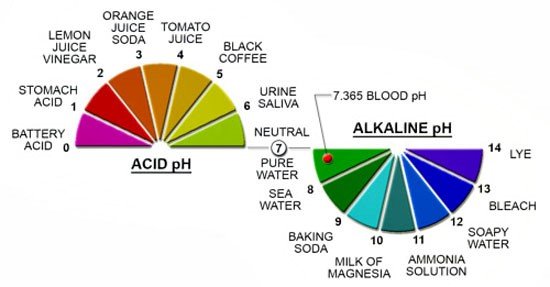
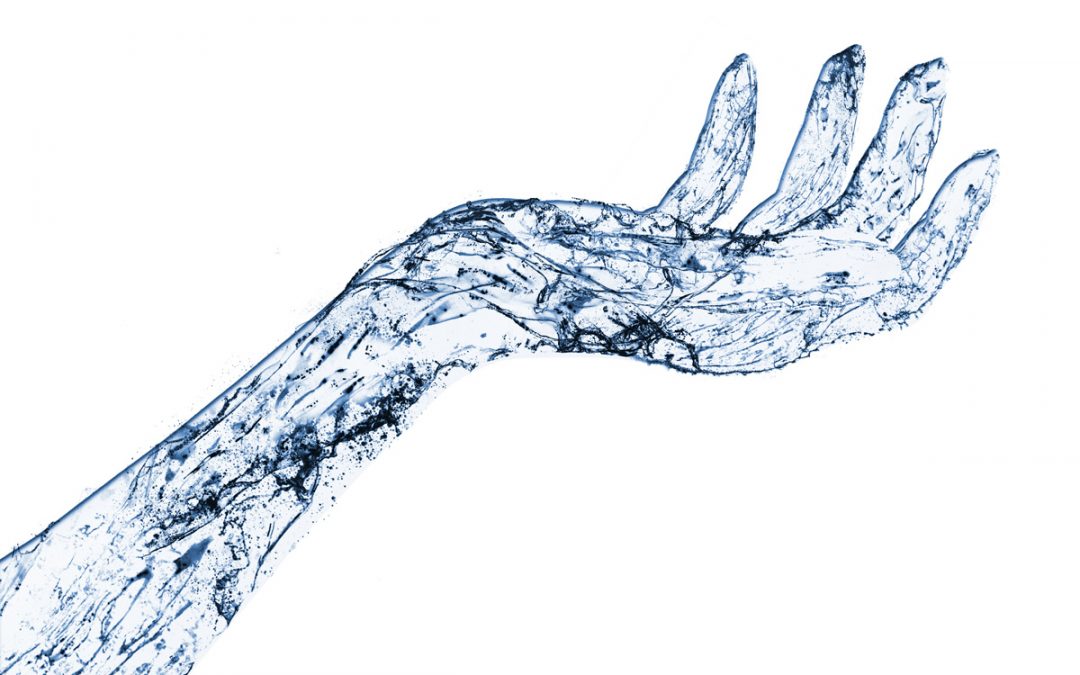
 “Took the Sure Aqua Water pump on a Scout Hike with 15 boys and girls. It was so good not to carry so much water. The scouts are only allowed to carry 20% of their body weight. Not much! It was great, so the kids were able to carry food and tents rather than lbs of water.”
“Took the Sure Aqua Water pump on a Scout Hike with 15 boys and girls. It was so good not to carry so much water. The scouts are only allowed to carry 20% of their body weight. Not much! It was great, so the kids were able to carry food and tents rather than lbs of water.”